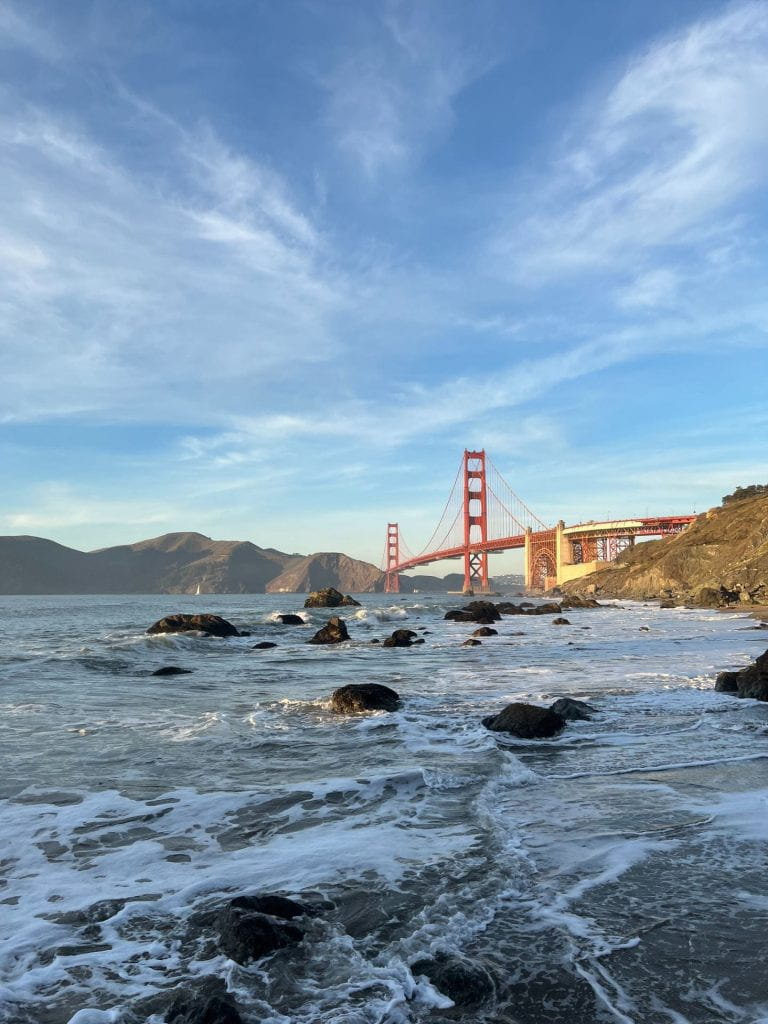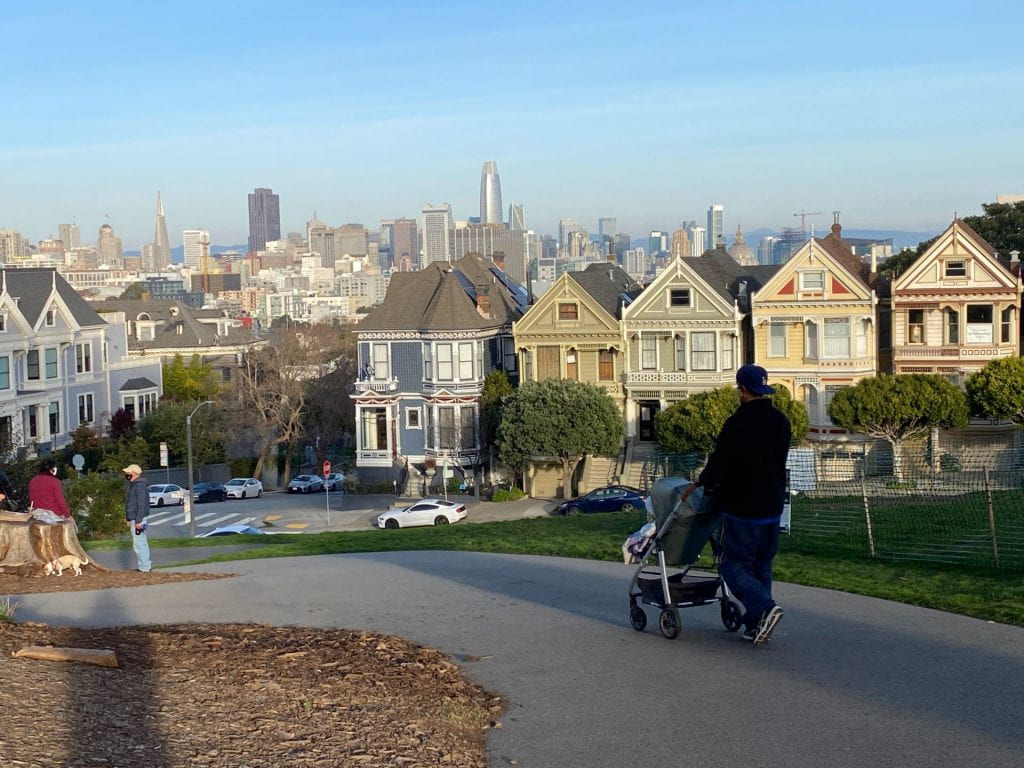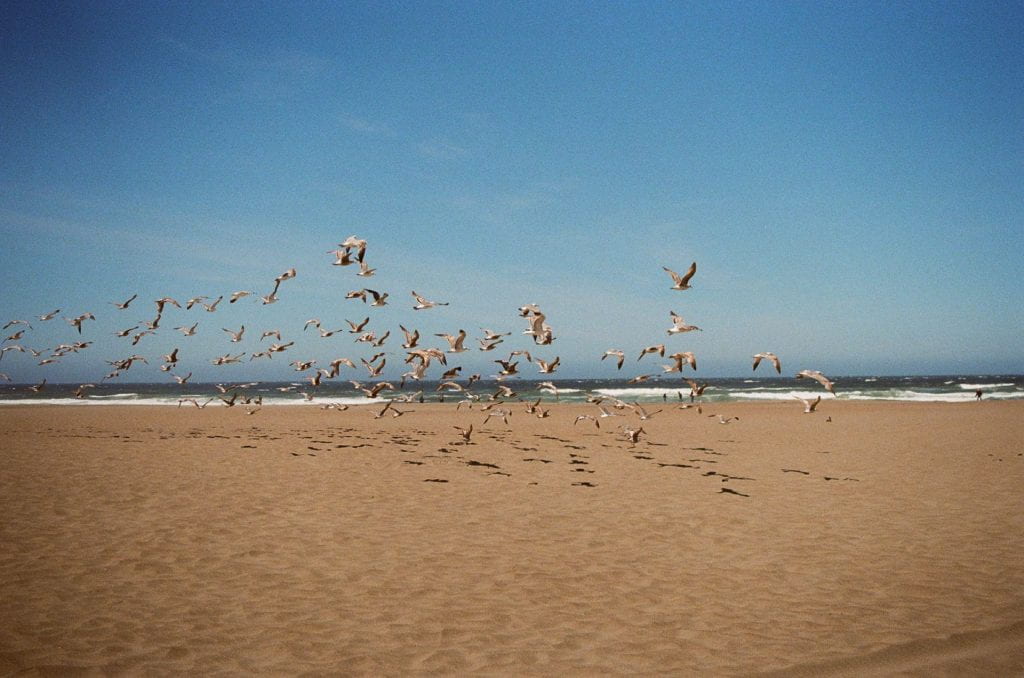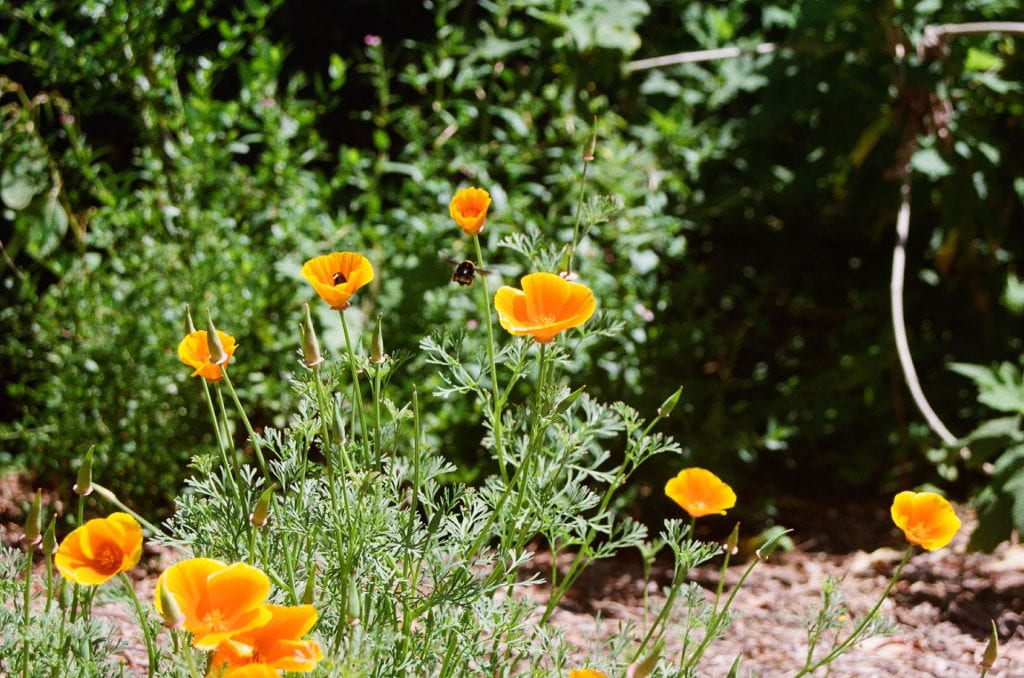Be a local, know your city

College is a transitional time in our lives. As high school comes to an end, we get excited about the idea of moving out and becoming our own people, sometimes far away from our homes. We pick a school and a location based on what we want to learn and who we want to become, and for a few years, we romp around that space as residents. USF students come from across the United States and over 100 countries, but for a short time, we all make the Bay Area our home.
Despite planting ourselves at USF until we finish our degrees, it can be difficult to fully root down knowing that we will likely move on and move out of the area after we graduate. We might want to minimize the pain of leaving this vibrant place by keeping some emotional distance. Why get attached to all parts of the local community if we are going to leave it soon?
Calling a place home, even for a short time, means being active in your community and knowing your neighbors, whether your neighbors are humans or your local flora and fauna. It means knowing about how your local climate works, what issues are affecting lives in the community, who represents your community, and who populates it.

There are endless fun and enriching things to do in San Francisco that many of us take advantage of while we’re here. This city is home to world-class museums, eateries, parks, and historical sites, and USF students are active in all of those spaces. But it is easy to view our time in San Francisco solely as something that we can profit from; it’s not as common to see the city as a place that we are responsible for getting to know deeply and giving back to. For every experience we take out of our time here, we should be willing to nurture our relationship with the city and reciprocate with generosity.
While everyone can navigate their own path to getting involved in San Francisco’s community, let’s get into a couple of methods that might help folks get started.
The first and most important step in localizing is to seek out as much information about a place as possible. We shouldn’t get actively involved in a place, for example through advocacy or service, if we don’t get to know the place first. Chances are that what San Francisco needs is different from what your hometown might need. Becoming knowledgeable about this city involves answering some important questions: Who lives here, and what are their needs? How does the current population relate to the history of this city, and what are the most important events in that history? What kind of climate exists here, and how does it affect people on a daily basis? What should we consider when we interact with our local environment considering the traits of the climate? What spaces in the city depend on locals to maintain them, and are they looking for extra hands?

Part of localizing in San Francisco means understanding its many overlapping, and at times oppositional, identities. This city is simultaneously a colonized space, a place that has been devastated by earthquakes and fires, a headquarters for activism, a center for literature and art, and a leader in innovative technology. Reading a local newspaper can help us make sense of how all of these intersect.
Let’s take two of the city’s identities as an example. San Francisco has a strong environmental backbone; residents tend to be health and nature-conscious and spend time nurturing their connection to the outdoors. At the same time, the city is part of a region that houses a huge IT and software development sector that has contributed to increased costs of living and increased wealth disparity in recent years. Looking at these separate traits as parts of a whole might raise questions about how they are related. Who has access to natural spaces in San Francisco, and who does not? By asking ourselves questions like these, we at least become more aware of our surroundings and can identify our role in populating them.
Most of the time, being critically informed about a place is good enough because it helps us move through the space more intentionally. Instead of superficially enjoying all that San Francisco has to offer, our understanding of the city will also ensure that we have more enriching and mind-expanding experiences here. Some of the truths of this city, like its increasing unhoused population, are hard to face. But doing so will help us mature and grow.
Being informed doesn’t only mean being aware of the social, political, and cultural context of the city, it should also mean getting to know the local environment intimately. Apps like iNaturalist are very helpful tools in that process. If you’re on a walk in Golden Gate Park and you see a flower that you think is beautiful, take the time to get to know what it is. Taking a photo of the flower with the iNaturalist app will help you learn what the flower is called, what family it belongs to, and where it came from. Knowing these details, especially the flower’s native habitat, will reveal more questions and complexities about San Francisco’s natural spaces that are important to explore. Just like with people, when we get to know the names and stories of our local flora and fauna we begin to care about them more, and we are led to a deeper understanding of their place in the community.

When we think about ways to get more actively involved in San Francisco, it’s important to look for spaces that are asking for our attention instead of making assumptions about what the city needs. USF offers meaningful ways to get politically engaged in San Francisco through the McCarthy Center programs and environmentally engaged through the Community Garden, to name just a couple of opportunities. Outside of USF, local bulletins and signage can show us where extra hands might be needed. These are a few examples of local organizations that are currently looking for volunteers or engagement:
- San Francisco’s Recreation and Parks Department holds recurring gardening, planting, and cleanup events.
- Surfrider Foundation protects San Francisco’s coastline through events like beach cleanups.
- The volunteer program Refuse Refuse has neighborhood cleanups that encourage people to keep the city beautiful and welcoming.
- San Francisco Bicycle Coalition holds events that help people get around the city safely and sustainably.
- The Inner Sunset’s Garden for the Environment has workshops and options for volunteers to learn about gardening and help maintain their community space.
- San Francisco’s Audubon Society has habitat restoration events that protect local birds.
- SF Parks Alliance holds community events like concerts, art workshops, and local cleanups that are great opportunities to get to know the city.
- Find even more opportunities for engagement at the Project Helping website.
We’re in San Francisco, whether it’s for four more years or four more months. This is an excellent, incredibly interesting city that offers us so much to see and experience. Let’s commit to this place while we’re here by engaging critically with it and learning how we fit in.


